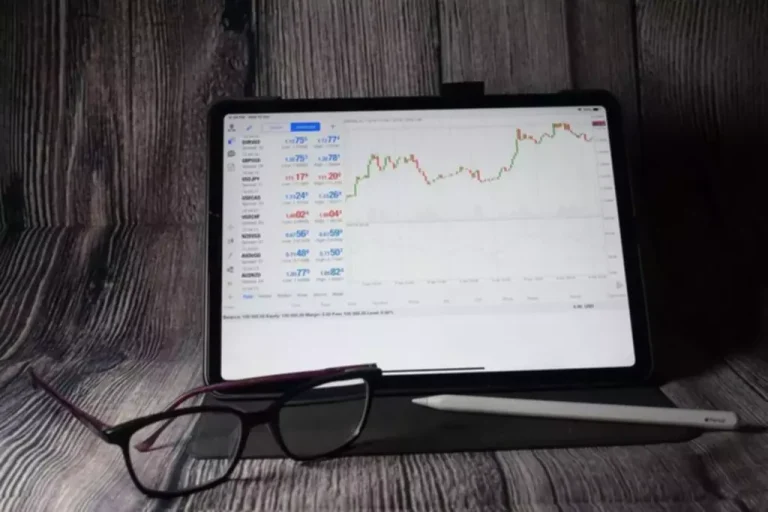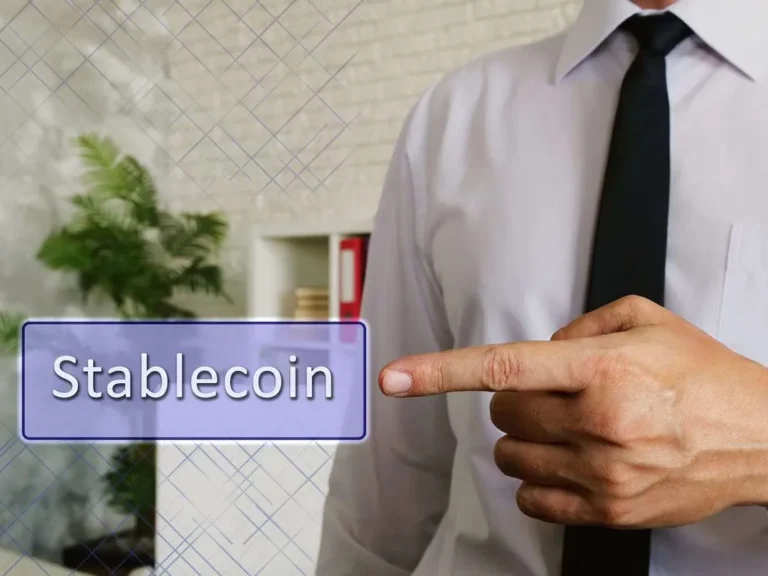How to Create a Crypto Wallet: Best Practices for Developers
Content
Let’s examine the main problematic aspects related to the “how to set up a wallet for crypto” theme. If you want to send funds without worrying about the transaction’s security, double-check white label the recipient’s crypto address and verify transaction details. This is necessary because committed transactions are usually irreversible.
Types and Examples of Crypto Wallets
When you purchase a crypto asset, you’ll need somewhere safe to keep it. Most crypto investors leave their crypto on the exchange where they bought the asset. These exchanges provide free hot wallets with little list of crypto wallet or no setup required, but you’ll need an account with the exchange to gain access to these wallets.
- Just choose the asset you want to buy, whether from a centralized or decentralized exchange provider, and secure your assets directly with your Ledger crypto wallet.
- Be sure to evaluate an exchange’s ease of use, features, security and regulatory measures, and—most importantly—trustworthiness.
- The right wallet for your needs will depend on how you intend to use your crypto funds.
- Now, we can talk about all the advantages that blockchain technology passes on to the digital assets called cryptocurrencies, such as anonymity, decentralization, and security.
Concerns about keeping assets online
What steps do you need to take to make your own cryptocurrency wallet? Certain wallets, such as MyEtherWallet or MetaMask, openly share their complete codebases, allowing interested individuals to verify https://www.xcritical.com/ their authenticity. Conversely, proprietary solutions remain centralized, without any insight into their internal product operations. For example, such a wallet provider as CoinBase keeps its CoinBase Wallet fully closed for the developer community.

Digital Currency Payment Integration Within an Existing App

You’ll also be asked to confirm your backup by choosing two words that were in your recovery phrase. Another thing to think about are the assets your wallet supports. If you want to interact with a wide range of ecosystems, you’ll need a multi-chain wallet, ideally with NFT support. That way, you can get your hands on all your favorite tokens and NFTs.
With cryptocurrency in your wallet, you can send, receive, or manage your digital assets. To complete a transaction, just enter the recipient’s wallet address, the amount to send, and confirm the details. You can usually see your wallet address in the “Receive” or “Deposit” section of your wallet app. Make sure to double-check the address and the types of cryptocurrencies you can use. If you send money to the wrong address, you might lose it forever. No matter which type of wallet you use, a secure and reliable internet connection is very important.
For app founders and entrepreneurs, understanding the role of paper wallets can be beneficial, especially when considering comprehensive security solutions for users. Though paper wallets themselves aren’t integrated into digital wallet apps, offering educational resources about them can position your app as a go-to source for all things crypto security. This approach allows users to explore multiple ways to safeguard their assets, thus reinforcing the value your app brings to the table.
The reality is you will need a reliable developer to build a cryptocurrency wallet. So if you want to build a crypto wallet app that works with many coins, it needs to be multi-currency, i.e., connect to different blockchain networks. So if you plan to create a crypto wallet app and need advice on how to best approach that without learning code, here’s the best guide for a non-technical founder.

Since all the business verticals are now putting their resources into Blockchain, the vast technological development has gained significant traction in the past few months. We believe everyone should be able to make financial decisions with confidence. Wallets freezing.You started noticing slowdowns or interruptions in the functioning of your wallet. Make sure your wallet’s software is updated, and try clearing the app’s cache or reinstalling it. Also, if you have more problems, contact the wallet’s customer support service. If your chosen wallet allows you to attach small messages to the payments, then use it as often as possible.
After choosing your cryptocurrency wallet, download it from the official website or app store. Install the application on your mobile device or computer, ensuring you’re following the provider’s official installation guide to avoid malicious software. A crypto wallet is a digital tool for storing, sending, and receiving cryptocurrencies like Bitcoin and Ethereum. However, unlike traditional bank accounts, crypto wallets give you full control over your digital assets. When you sign a transaction with a hardware wallet, the signing process occurs offline, protecting your private keys from potential attackers and eliminating the risk of a tampered transaction. Once the transaction is signed, it’s safe to transfer to an internet-connected device, which your hardware wallet will usually do via a USB cable.
Flutter can be a very good option when developing a cross-platform crypto wallet app. In the long run developing a cross-platform wallet will save time, money, and effort. It is important to ensure when creating a crypto wallet the process is simple and easy for the user to navigate. To know how to make a crypto wallet or to create a bitcoin wallet requires further exploration.
These are arguably the easiest kinds of wallets to get as you can download them directly from your mobile device. The cryptocurrency industry has witnessed remarkable growth over the past few years, and prospects for future growth remain strong. A crypto wallet is a tool that lets users store, send, and receive cryptocurrencies safely. For example, a bitcoin wallet is designed specifically for Bitcoin, while a digital wallet can support multiple types of cryptocurrencies. Knowing the basics will help you make better decisions during development.
On the Home Screen, you can easily send, receive, and buy crypto. It takes just seconds to make your first transaction on the app. So make sure only you and you alone have access to your wallet’s recovery phrase. That’ll be your primary way of logging into your wallet, so be sure to keep it safe (as there is no way to retrieve it if you lose it). Finally, make sure your wallet’s features line up with what you’re planning to use it for.
The best wallet to store all cryptocurrency would be a cold, portable and secure one. Unlike a cold wallet, a hot crypto wallet is connected to the internet. That means you need an internet connection to access your crypto. Although these wallets are more susceptible to hacks, they make accessing your crypto frequently for transactions easier.
Both non-custodial and custodial wallets have their merits and are suited to different types of users based on their needs and preferences in managing their digital assets. Selecting the right cryptocurrency wallet is crucial for the security of your digital assets and the convenience of your daily crypto transactions. The ideal wallet should align with your usage habits, whether you’re an active trader or a long-term holder. Crypto wallets allow you to send, receive, and spend cryptocurrencies like Bitcoin and Ethereum.
Creating a crypto wallet can take a few minutes to several hours, depending on your wallet type. Software and mobile wallets can be set up quickly, often within minutes. Hardware wallets may require more time to initialize and securely store your recovery phrase.

